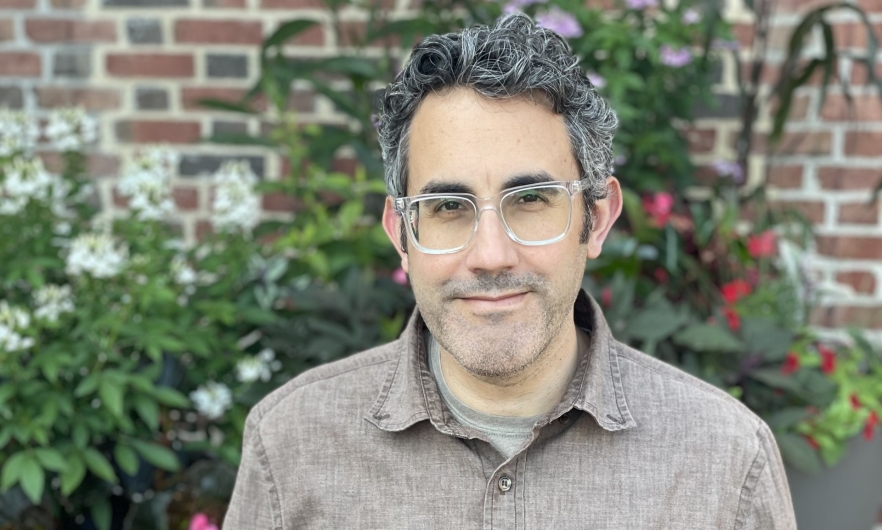Faculty Spotlight: Keeve Nachman, PhD ’06, MHS ’01
Exposure and risk scientist with a keen interest in the intersection of food systems and public health.

Keeve Nachman is the Robert S. Lawrence Professor of Environmental Health and Engineering and Associate Director of the Center for a Livable Future. Prior to joining EHE, he worked for the Environmental Protection Agency as a postdoctoral fellow, then as a risk assessor and toxicologist for the Department of Defense Army Corps of Engineers.
What are your research and teaching interests?
My current research portfolio includes projects focused on improving our understanding of how food production practices impact public and planetary health, as well as the development of better ways to understand and intervene in complex mixtures of chemicals and other stressors faced by people enduring environmental injustices.
Why did you choose this field?
I didn't plan on going into this field, at least at first. The first class I took in risk assessment, taught by Tom Burke, opened my eyes to the potential of public health and the opportunities to improve people's lives through better environmental health policies. I never looked back!
What's something about your research that you're excited to share with students?
Our best shot at making changes to advance public health is through multidisciplinary research and evidence-driven advocacy, which means that there's room at the table for all types of expertise and interests. I'm thrilled that, in my research, I have the opportunity to work with experts in engineering, toxicology, epidemiology, behavioral science, computer science, infectious disease, medicine, and so many other disciplines, all in pursuit of generating the evidence needed to support major public health initiatives.
My research played an important role in ending the use of arsenic-based drugs in food animal production in the United States and a number of other countries.
What drew you to EHE?
I did my master's degree in the department in the early 2000’s, and my PhD in Health Policy and Management. I spent a lot of time with students and faculty in the department in that era. I was also a Lerner Fellow in the Center for a Livable Future, which fed my passion for food system issues and gave me a chance to use my training to answer key questions about the public health implications of food production practices. When I came back to JHU after spending time in government, my path into EHE was as a staff scientist for the Center for a Livable Future, which allowed me to leverage my understanding of how science was used in the regulatory context to help advance the mission of the Center in advocating for food systems change. After joining CLF in 2009, I became an assistant professor in the department in 2014.
What professional accomplishment are you most proud of?
My research played an important role in ending the use of arsenic-based drugs in food animal production in the United States and a number of other countries. Ending the use of these drugs translates to widespread reductions in dietary, drinking water, and other environmental exposures to arsenic: a well-known human carcinogen.
What’s something your colleagues and students might be surprised to learn about you?
I used to play guitar and bass (and even drums) in horrible noise rock bands in the 90s and 2000s. Don't ever ask me to hear any of it.
What do you like to do outside of work?
I'm a big fan of cycling, collecting records, and watching good movies.
Environmental Health and Engineering is a cross-divisional department spanning the Bloomberg School of Public Health and the Whiting School of Engineering. This hybrid department is uniquely designed to lead pioneering research and prepare the next generation of scholars and professionals to solve critical and complex environmental issues. Learn more about our programs.
